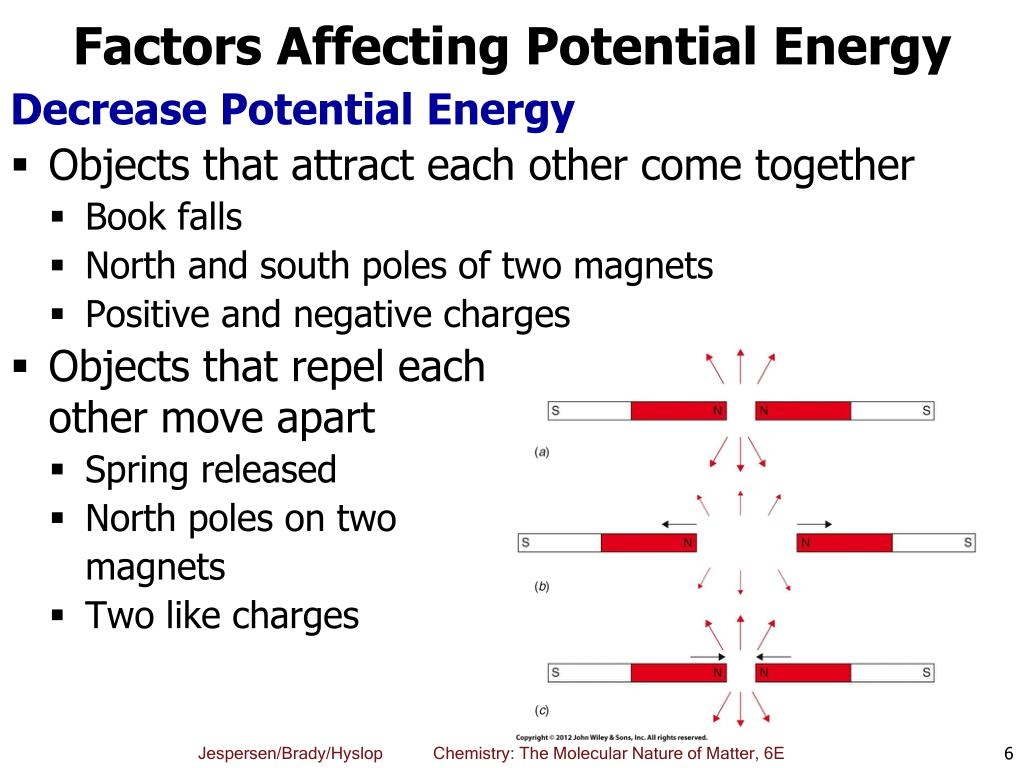

(c) How could this charge distribution be of use to the ray? Figure 11. (b) Sketch the equipotentials when the ray is near a ship with a conducting surface. (a) Sketch the equipotential lines surrounding the ray. (c) Sketch electric field and equipotential lines for this scenario.ġ0: The lesser electric ray ( Narcine bancroftii) maintains an incredible charge on its head and a charge equal in magnitude but opposite in sign on its tail ( Figure 11). (a) What is the electric field relative to ground at a height of 3.00 m? (b) Calculate the electric potential at this height. The potential for a point charge is the same anywhere on an imaginary sphere of radius $latex \boldsymbol $. The term equipotential is also used as a noun, referring to an equipotential line or surface. Positive charges accelerate from regions of high potential toward low potential. An equipotential surface is a three-dimensional surface on which the electric potential is the same at every point. When all charges are at rest, the surface of a conductor is always an equipotential surface. These are called equipotential lines in two dimensions, or equipotential surfaces in three dimensions. Electric field lines start on positive charges and end on negative ones. Electric field lines and equipotential surfaces are always mutually perpendicular. Electric potential can be defined as the amount of work done to bring the unit positive charge from infinity to that particular point. While we use blue arrows to represent the magnitude and direction of the electric field, we use green lines to represent places where the electric potential is constant. A negative charge accelerates from a region of lower potential toward. of higher or lower electric potential (compared to the electric potential. Note that the potential is greatest (most positive) near the positive charge and least (most negative) near the negative charge. At any point, the electric field is parallel to the equipotential line at that. The equipotential lines can be drawn by making them perpendicular to the electric field lines, if those are known. Electric field lines radiate out from a positive charge and terminate on negative charges. only motion along the line is possible, what will a negative test charge do when. The electric field lines and equipotential lines for two equal but opposite charges. Consider Figure 1, which shows an isolated positive point charge and its electric field lines. We can represent electric potentials (voltages) pictorially, just as we drew pictures to illustrate electric fields. Compare electric field and equipotential lines.Describe the action of grounding an electrical appliance.Explain equipotential lines and equipotential surfaces.


 0 kommentar(er)
0 kommentar(er)
